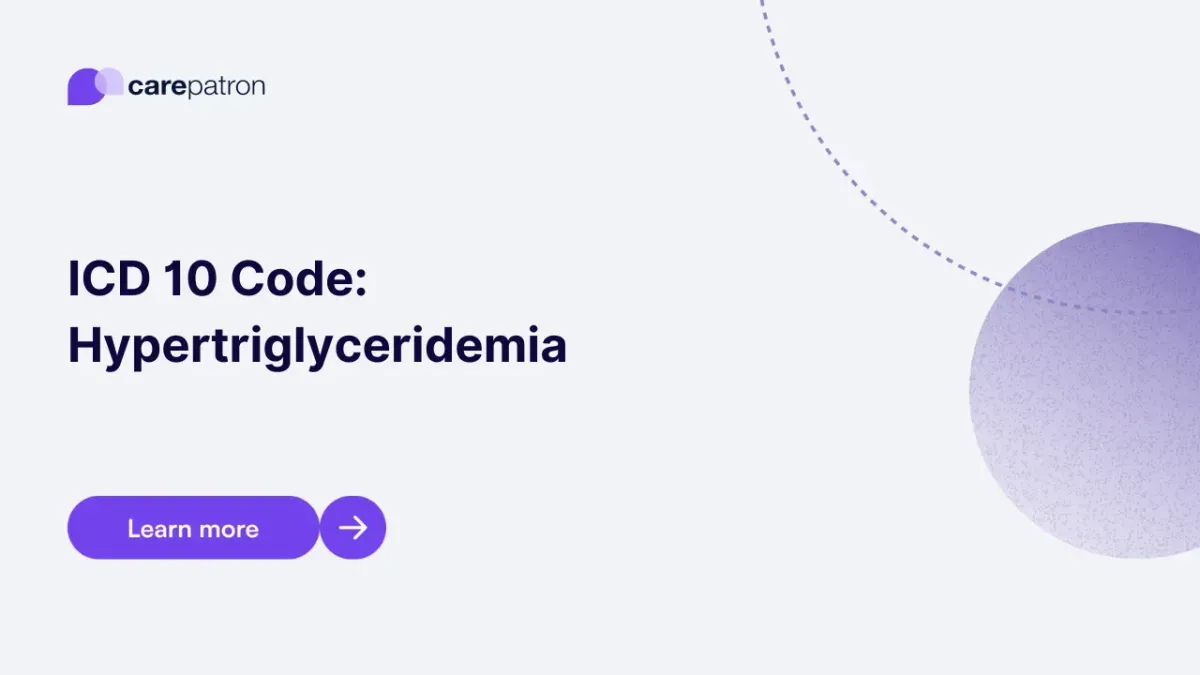
Hypertriglyceridemia ICD-10-CM Codes
Read this short guide to learn about Hypertriglyceridemia ICD codes you can use and gain important information regarding their billability, synonyms, etc.
Use Code
EHR and practice management software
Get started for free
*No credit card required
Free
$0/usd
Unlimited clients
Telehealth
1GB of storage
Client portal text
Automated billing and online payments
